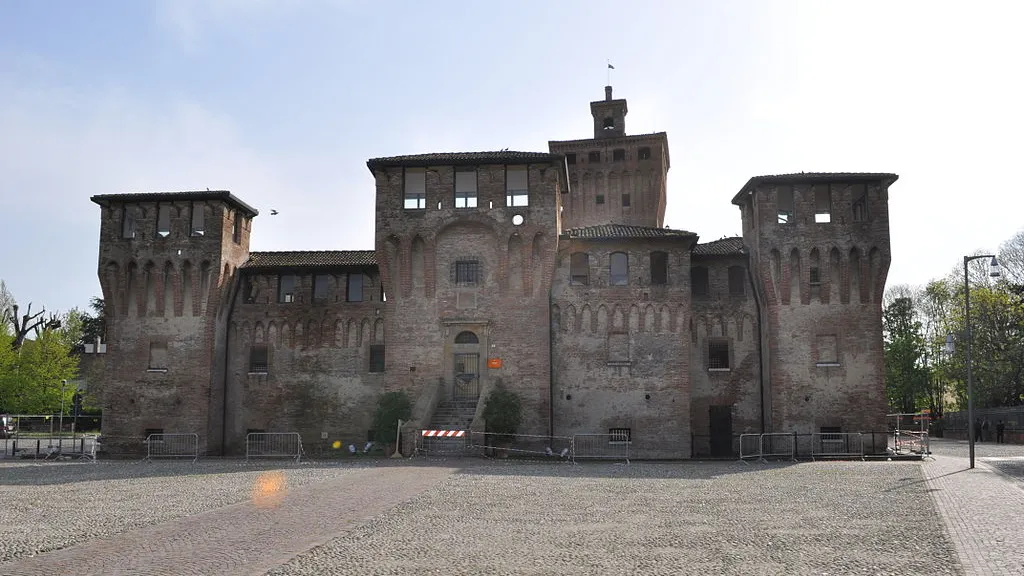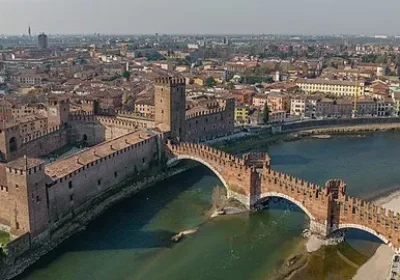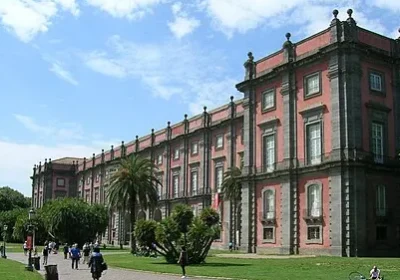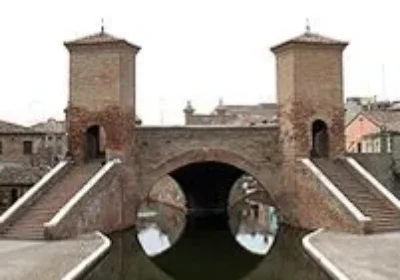Overview Tour of Cento – the city of European Carnival and home of Guercino.
This is a charming little town. It was founded in the early Middle Ages and was at first an ordinary fishing village. The name of the Italian town translates as the number “one hundred”. It is believed to date back to Roman times and is derived from the Latin word Centrum. Cento was originally part of Pieve di Cento, but later the latter was given the status of an autonomous town and it has taken on a life of its own.
Sympathetic houses, interesting architecture, green streets – all this makes up the cosy image of this place. It is not surprising that in 1502 Pope Alexander VI gave Alfonso d’Este this town as a gift. It served as a kind of dowry for the clergyman’s daughter, the scandalous Lucrezia Borgia.
The town has been home to many talented people, musicians and philosophers, but above all it has been the inspiration of a huge number of artists born here. Among them are the author of the painting “Jesus Supported by Angels”, Marco Zoppo, and the painter Giovanni Francesco Barbieri, who became famous under the pseudonym Guercino. His contribution to the popularity of the city of Cento cannot be overlooked. Thanks to his frescoes, the history of the local carnival (the oldest in Europe), which began in the far 17th century, has been preserved.
Piazza Guercino is undoubtedly the centre of the town, named after the most famous man of Cento, its pride Giovanni Francesco Barbieri. This is where the city’s most important events, celebrations and festivals take place, including the spectacular Carnival. Getting to know Guercino doesn’t end there. To fully explore the talent of the virtuoso of the brush, you must visit the House of Provenzali. The house is fully decorated with frescoes of the XVII century.
Also in the square is the Palace of the Governor, which was built in 1502. It was erected by the d’Este family on the occasion of the marriage between Alfonso I d’Este and Lucrezia Borgia. The palace now houses the Gallery of Art.
Church of Del Rosario – The history of the Church of Del Rosario dates back to 1573. It was the first religious building dedicated to Our Lady of the Rosary in the diocese of Bologna. Most of the churches in Cento boast works by Barbieri, nicknamed Guercino, thus paying tribute to the talent of the brilliant painter. The Palazzo del Monte di Pieta has a less storied history than the Governor’s Palace in Piazza Guercino – it dates from the 18th century and was not built for any romantic reason. But today it houses the city’s Pinacoteca.
Castle Rocca – the appearance of the massive castle, also called Cento, dates back to 1378. It is known to have been built at the behest of the Archbishop of Bologna. Every year, Cento hosts the oldest carnival in Europe, which attracts many residents and tourists to the streets of the city and lasts for a month on Sundays from February to the first days of the year

















